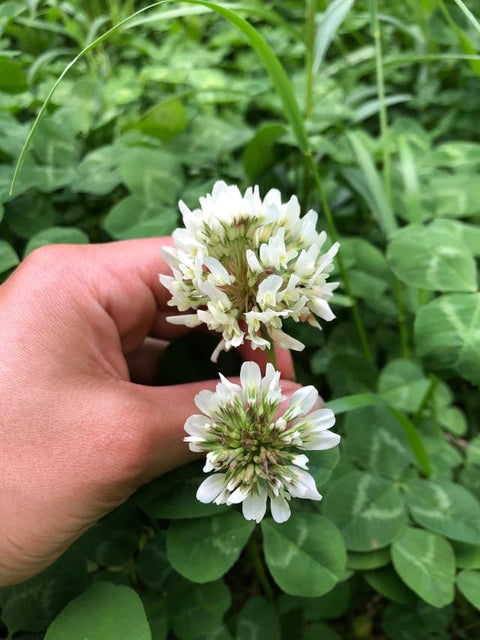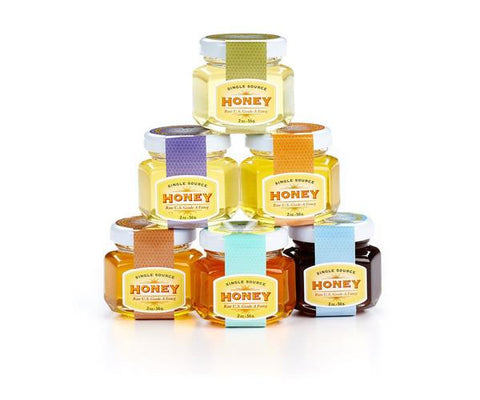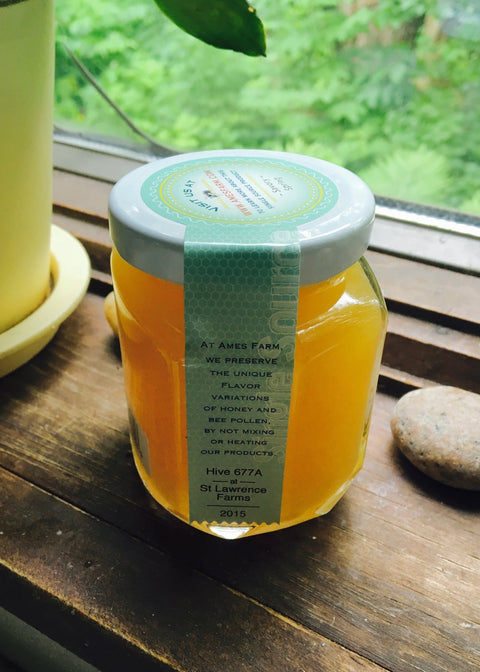Clover is an important plant for pollinators in Minnesota and the upper Midwest, and it is available in several different varieties, each with unique benefits for pollinators. These varieties include Alsike Clover, Dutch Clover, Kura Clover, and Sweet clover.
Even though clover is a non native plant, it is still a very useful component of healthy ecosystems in Minnesota and the upper Midwest since 99% of our native prairie has been destroyed. Pollinators, including bees, butterflies, and other insects, rely on clover then as a source of food and habitat. Unlike some native wildflowers, clover is low in seed cost and relatively easy to establish and maintain, making it an excellent choice for farmers and landowners who want to support pollinators in their area.
One of the most important varieties of clover for pollinators is Alsike clover. This clover is well adapted to wet soil conditions, making it a great choice for areas with high water tables or other moisture-related issues. In Minnesota 54 different native pollinators are attracted to the white or pink flowers of Alsike clover, which bloom in early to mid-summer. This clover is also known for its ability to produce large amounts of nectar, which is critical for supporting healthy honey bee populations.
Dutch Clover is another popular variety of clover in Minnesota and the upper Midwest and attracts a similar number of native pollinators. This clover is best suited for sandy or loamy soils, and it can tolerate drier conditions better than some other varieties. Since it does not get as tall as Alsike Clover its a good choice for lawns and high traffic areas.
Kura Clover is a unique variety of clover that is well adapted to the upper Midwest's harsh climate. This clover is known for its deep root system, numerous flower heads and long bloom period. Once established it is able to withstand extreme temperature fluctuations and drought conditions. Kura Clover is also resistant to many pests and diseases, making it a low-maintenance option for farmers and landowners. Pollinators are attracted to the purple or white flowers of Kura Clover, which bloom in late spring to early summer.
Finally, Sweet Clover is the most popular variety of clover for beekeepers in Minnesota and the upper Midwest. This biennial clover is well suited for medium to heavy soils and is tolerant of a wide range of soil conditions. Yellow Sweet Clover blooms earlier in Mn during June into July while the White Sweet Clover blooms a few weeks later and into the fall. This clover is also known for its ability to fix nitrogen in the soil, making it an excellent choice for farmers who want to improve soil health and fertility.
All of these types of clover can be hand seeded except the Kura variety which is more difficult and complicated to plant and get established. I have successfully hand seeded these clovers in late March when the frost is just leaving the ground and into April. My advice is plant Sweet Clover in November and April and Dutch and Alsike has a longer planting season of March to June and September to November.
In contrast to clover, native wildflowers can be more difficult to establish and maintain. Many native wildflowers require specific soil and climate conditions, and they can be expensive to purchase and plant. Additionally, it can take several years for native wildflowers to become established and begin attracting pollinators. While these wildflowers can be a beautiful addition to any landscape, they may not be the best choice for farmers or landowners who want to support pollinators quickly and at a lower cost.
I believe its important to realize that the amount of pollinator forage in the Upper Midwest is inadequate to support honeybees or native pollinators from spring to fall in many areas that have become "pollinator death zones".
Minnesota had 18 millions acres of native prairie in the 1800's. Now we have 250,000 acres. Does anyone really believe that any substantial amount of that will ever be restored?
In the meanwhile Clover will remain a useful and important plant for helping restore pollinator habitat for both native pollinators and honeybees.
Please follow this link to our Land For Bees page to learn more and also buy clover seeds the profits of which go back into the ground in the form of pollinator seeds, trees and shrubs ,



